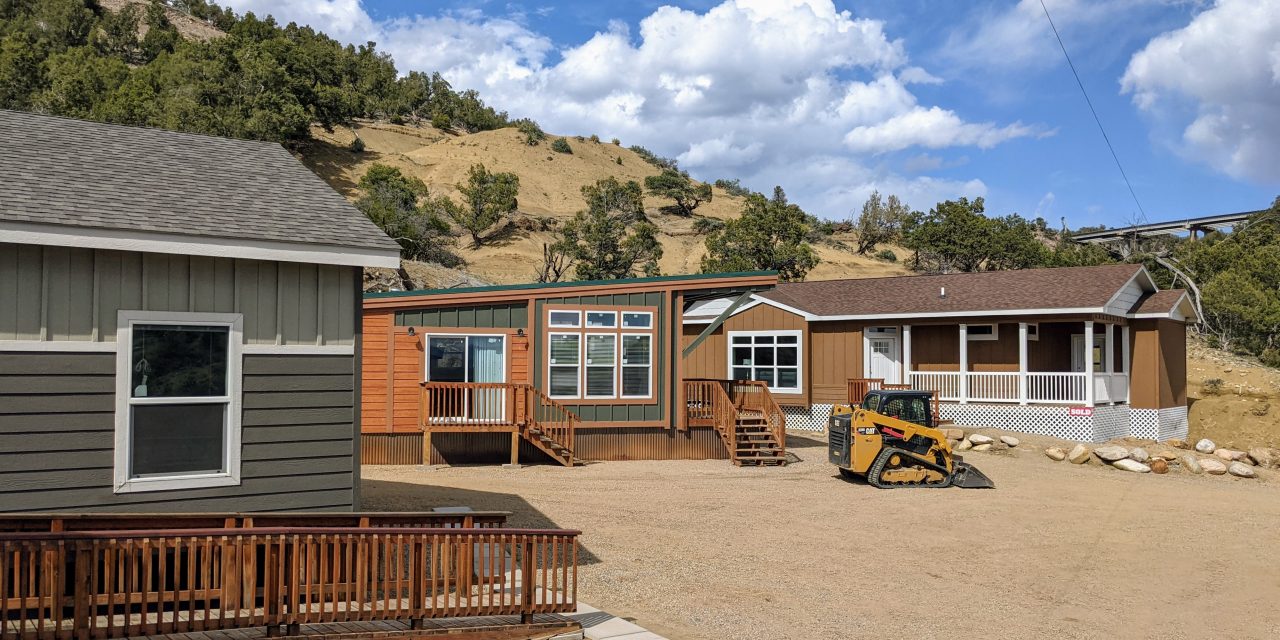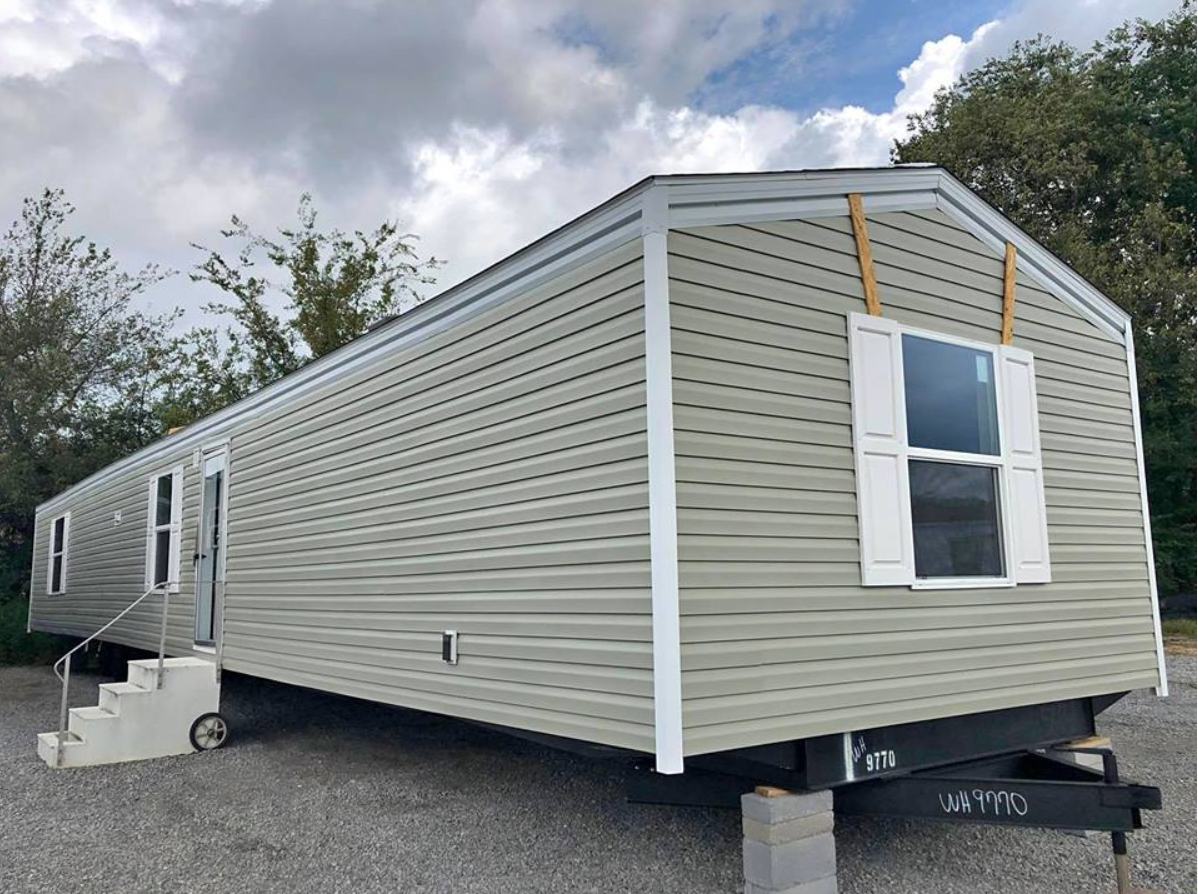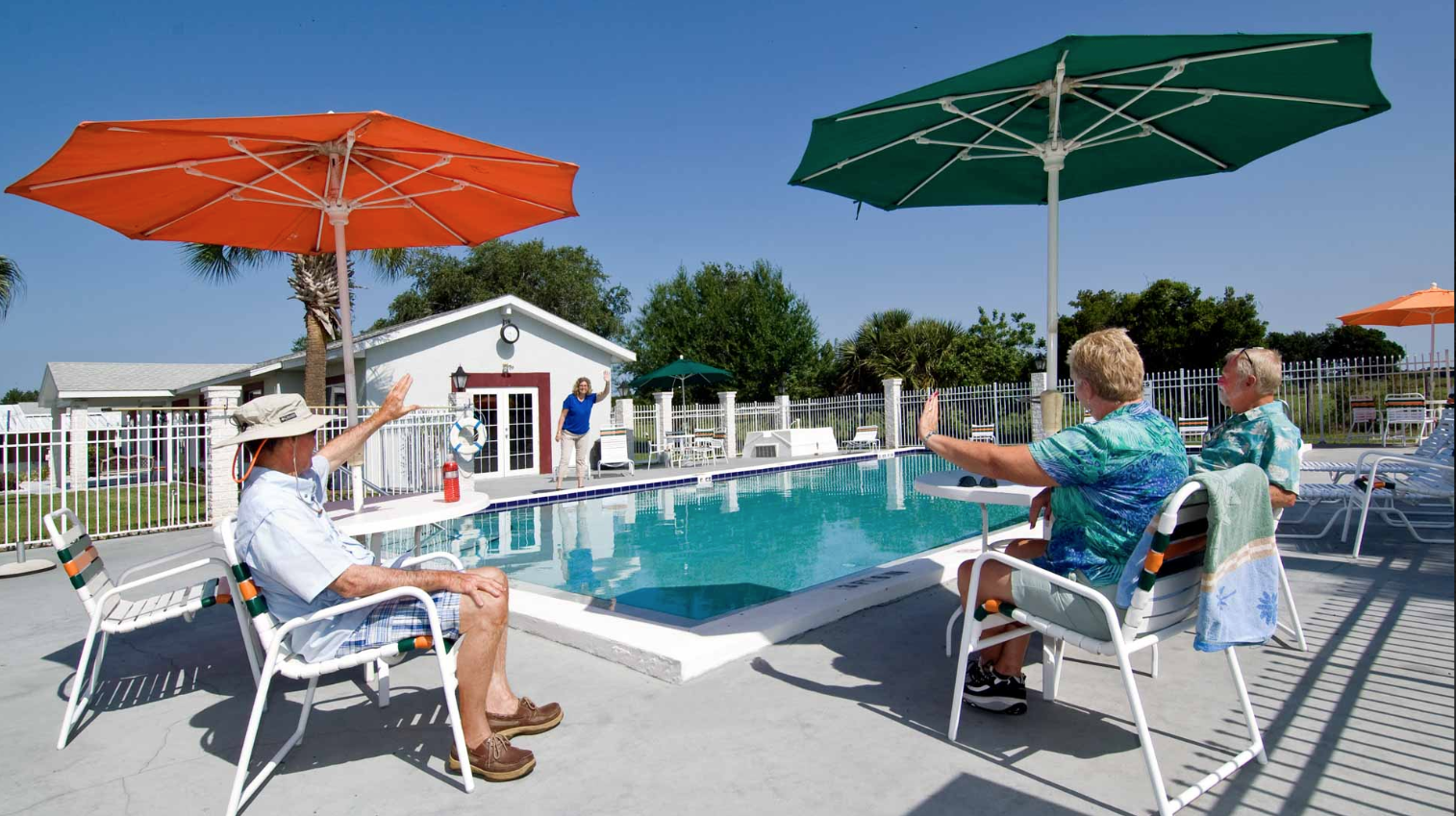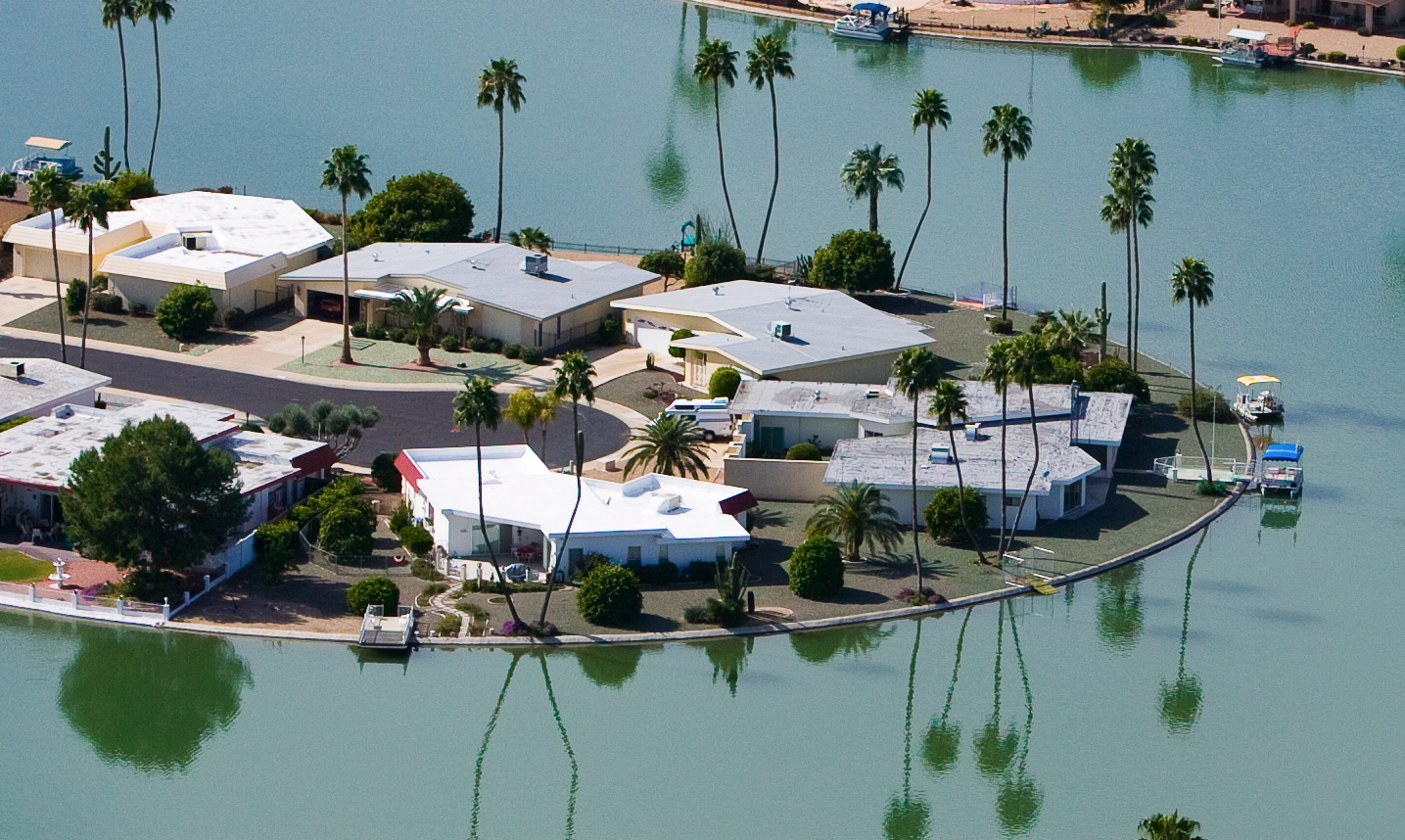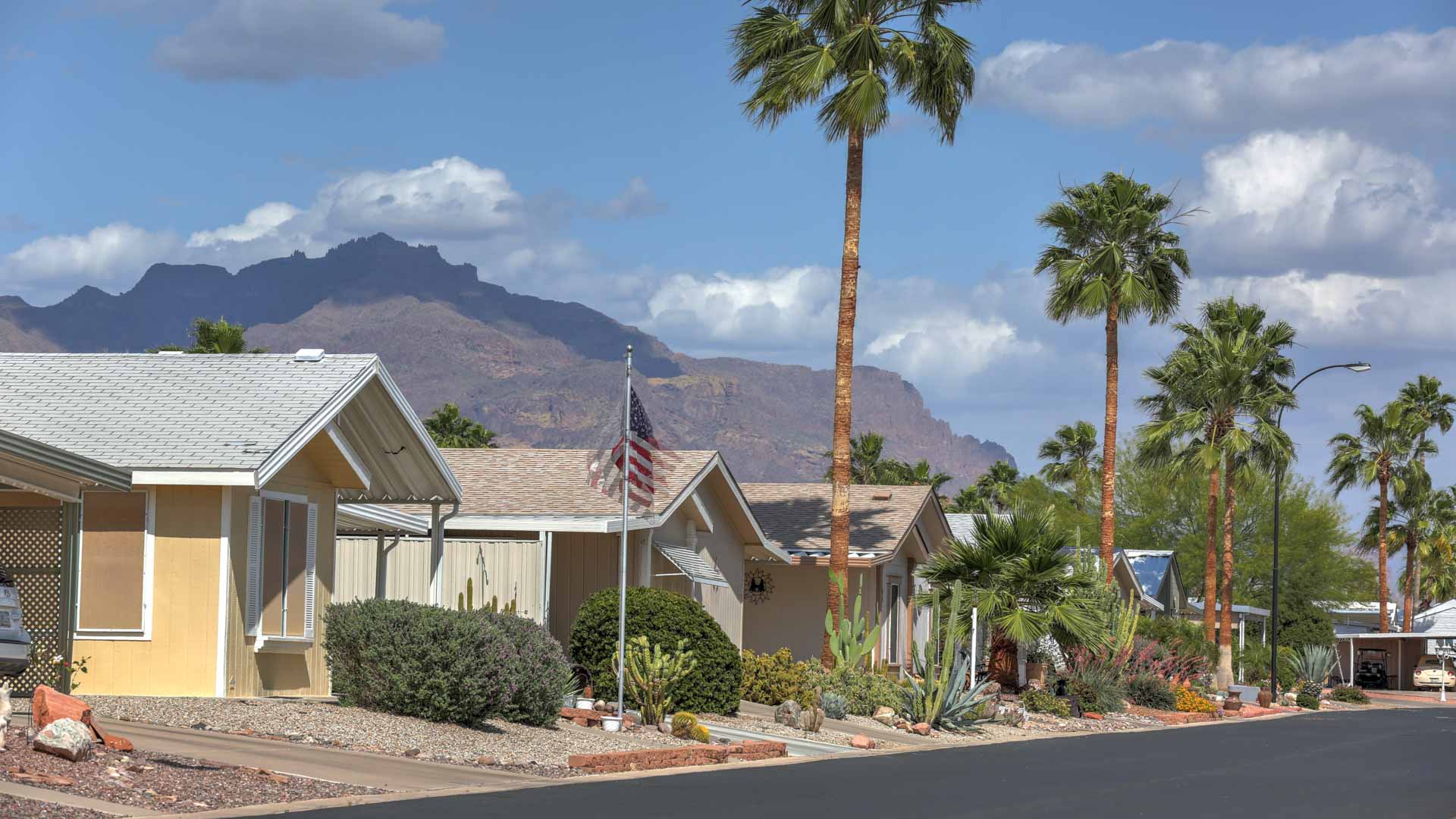If the search for your new home have you consulting a dictionary, you’re not alone. The real estate search often provides a learning curve for even the savviest of homebuyers. The world of prefabricated home solutions is no exception, as there are several terms that might seem to be used interchangeably but actually refer to specific differences. While it may feel like a new vocabulary is required, taking the time to do a little research will reveal that these terms are not as confusing as they once seemed.
When distinguishing between mobile, manufactured, and modular homes, it is important to consider:
- Where the home is built (in a factory or on site).
- How the home is transported, either from factory to site, or between sites.
- What kind of foundation or structure the home has.
Mobile and Manufactured Homes.
The mobile home is an evolution of what were once travel trailers. If you’ve been inside a mobile home, you know they have far outgrown their roots! A mobile home can be spacious and accomodating, and feel like any other home.
However, mobile homes are prefabricated structures, meaning they are built in factories and contain a permanently attached chassis. The chassis is the base frame of the home and allows it to be transported either on a trailer or by tow. The chassis also permits future transport, in the event that the home needs to change site after being situated on it’s initial site.
Mobile homes, and manufactured homes, are regulated by HUD, the Housing and Urban Development division of the federal government. According to HUD, a factory-built home prior to June 15, 1976, is a mobile home and one built after June 15, 1976, is a manufactured home.
This might explain why you hear the words “mobile” and “manufactured” sometimes used interchangeably when it comes to housing. This change in terminology also marked a change in some standards of how these homes were constructed.
Modular Homes
Like mobile/manufactured homes, the construction of a modular home starts in an offsite factory. However, in the case of a modular home, the building is brought in pieces, usually on a flatbed truck, to the construction site, where they are then assembled.
The term “modular” means that the home is created in “modules”, which can be assembled in a variety of ways, usually on a permanent foundation. Unlike a mobile or manufactured home, the modular home is built without the intention to be moved.
Still not sure what distinguishes these home types? Let’s dig a little deeper.
Compliance with HUD code: As stated above, HUD regulates mobile and manufactured homes. In 1976, HUD established the Manufactured Home Construction and Safety Standards (MHCSS), commonly known as the HUD code. Along with the statement of this code, came new federal standards regulating the construction of these homes. Variabilities like durability, energy efficiency, and transportability were now standardized. This is why, technically, a “mobile” home is one built before 1976, and a “manufactured” home is one built after 1976. Though this remains the technical terminology, you will see that, conversationally, these terms are sometimes used interchangeably. Unlike manufactured homes, modular home construction should just comply with applicable state, local and regional building codes and do not need to follow HUD code.
Mobility: Both mobile and manufactured homes can be transported from an existing location to a new location. Manufactured homes are built on a permanent chassis and are often located on leased land areas like mobile home parks and communities. On the other hand, modular homes are built on private land and cannot be moved, just like a traditional site-built home.
Comfort and Amenities: Modern manufactured homes are built in a well-regulated home construction facility offering multiple customizable features. These homes can offer luxurious floor plans, impressive square footage, and up-to-date conveniences and stylish details. Constructed in home building facilities in multiple pieces, modular homes offer similar comfort and also affordability.

